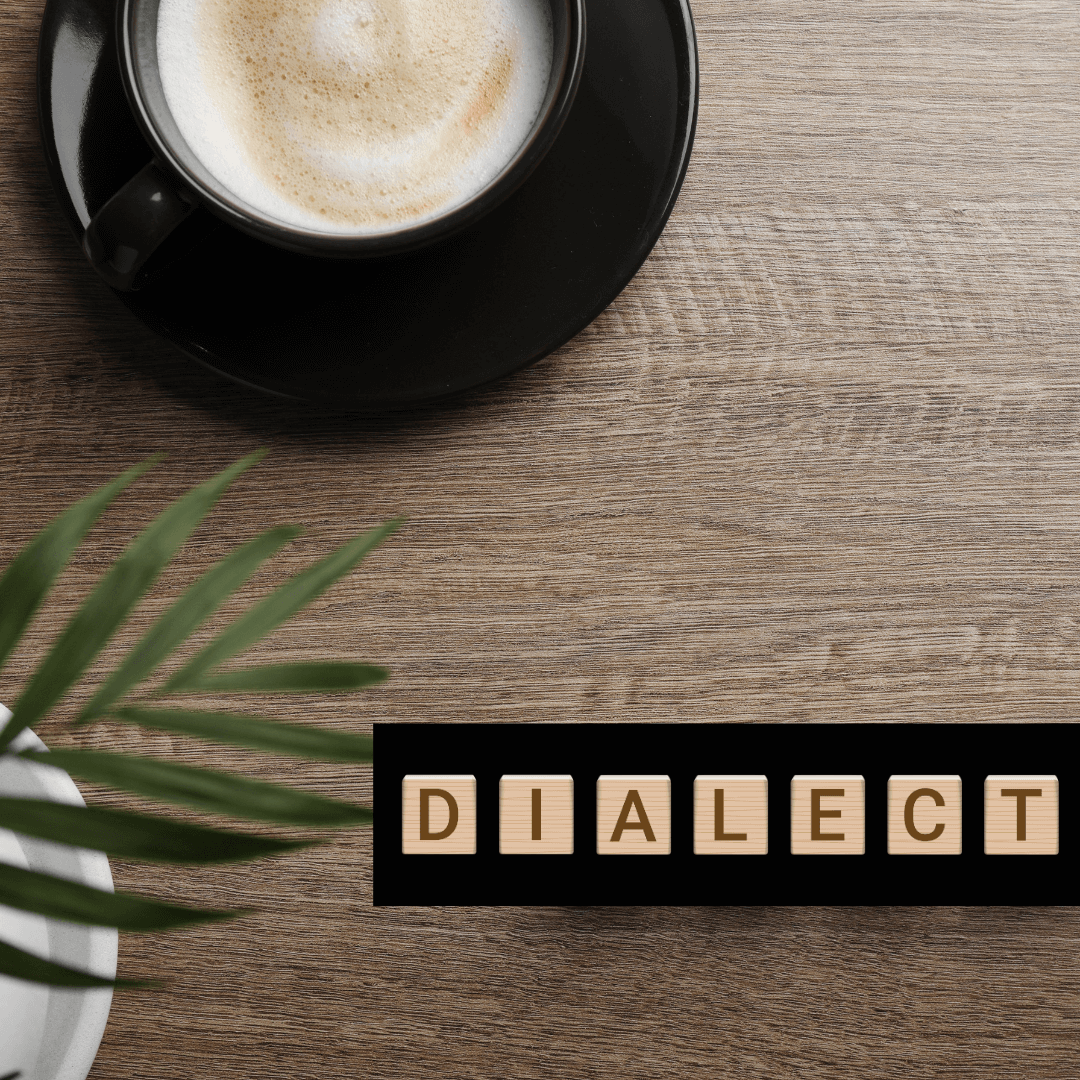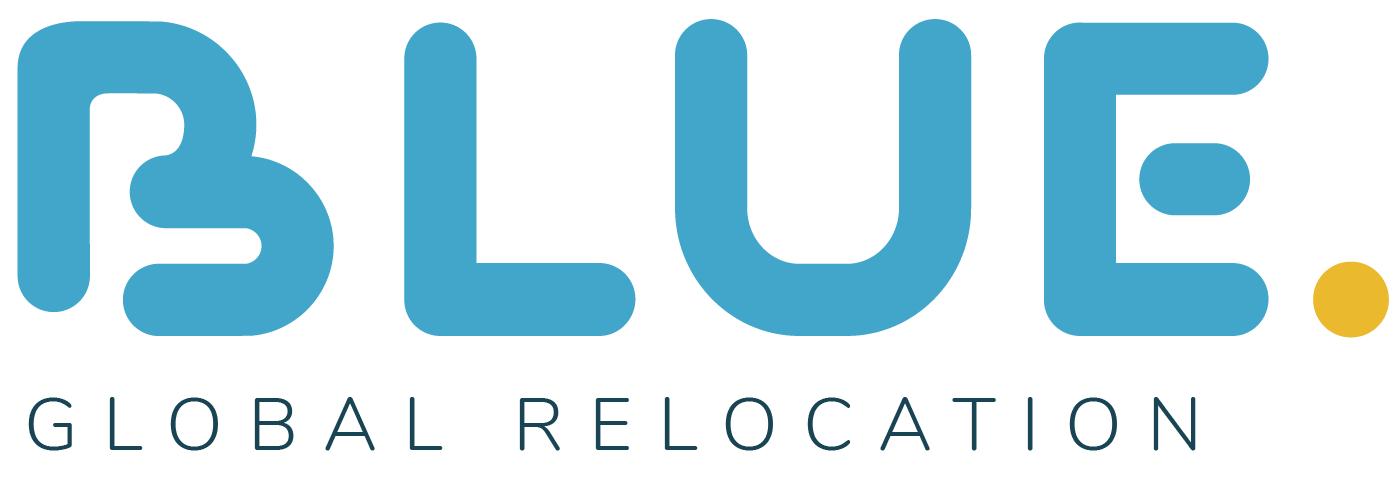Germany has a rich linguistic history and as a result there are many regional dialects spoken throughout the country.
These dialects can differ considerably from standard German (Hochdeutsch) in terms of pronunciation, vocabulary and even grammar.

Some of the main dialect groups in Germany are:
Low German (Plattdeutsch or Niederdeutsch):
Spoken mainly in the northern parts of Germany, including Lower Saxony, Schleswig-Holstein and parts of North Rhine-Westphalia and Bremen.
It’s closer to Dutch than to standard German.
West Central German:
– Rhinelandic (Rhenish): Spoken in the Rhineland region.
– Ruhrgebiet (Ruhrpott): Spoken in the industrial Ruhr area and has been influenced by many languages due to immigration.
Central German (Mitteldeutsch):
-Thuringian (Thüringisch): Spoken in Thuringia.
– Upper Saxon (Obersächsisch): Spoken in Saxony.
Upper German (Oberdeutsch):
– Swabian (Swabian): Spoken in Baden-Württemberg and parts of Bavaria.
– Bavarian (Bairisch): Spoken in Bavaria, much of Austria and South Tyrol in Italy.
– Frankish (Fränkisch): Spoken in parts of Bavaria, Baden-Württemberg and Hesse.
Alemannic (Alemannic):
Spoken in south-western Germany, Switzerland, Liechtenstein and the Alsace region of France.
Palatinate (Palatine):
Spoken in the Palatinate region of Rhineland-Palatinate.
High Franconian:
Serves as a transitional dialect between Central German and Upper German. Spoken in northern Bavaria and southern Thuringia and Hesse.
Silesian (Schlesisch):
Originally spoken in Silesia, but after the Second World War many Silesians settled in other parts of Germany. It’s now a minority language.
Berlin-Brandenburg (Berlinerisch or Brandenburgisch):
Spoken in and around Berlin and Brandenburg. It’s influenced by Low German and Central German dialects.
Kölnisch or Kölsch:
Spoken in and around Cologne. It’s distinct from, but related to, the larger group of Rhineland dialects.
It’s important to note that these dialects can be further divided into sub-dialects or local variations. While Hochdeutsch is the standard form taught in schools and used in the media, many people continue to use their regional dialects in everyday life, especially in more rural areas and among older generations.
However, with increased mobility and communication, some of these dialects are becoming less prominent.
